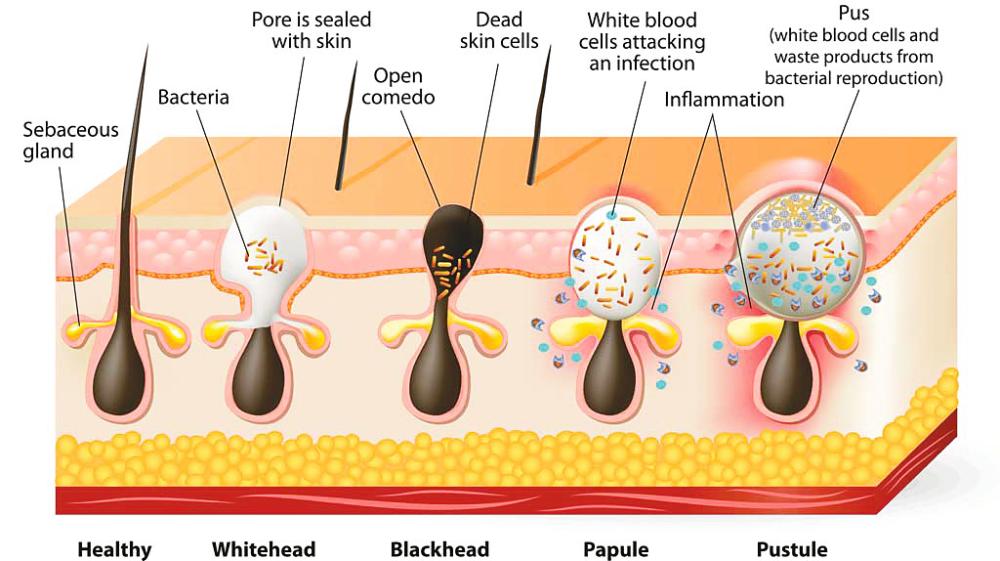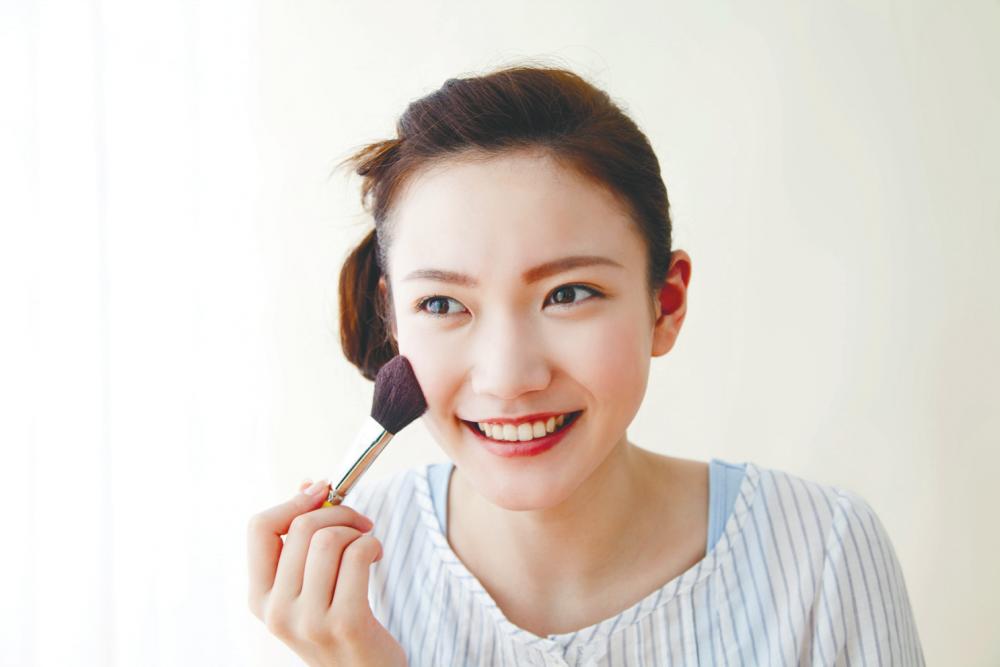THE skin is the largest organ, overflowing with trillions of diverse microorganisms collectively known as the skin microbiome. Some people might get grossed out from the thought of this, but most of these are harmless or even beneficial to you.
Without knowing it, many of us are actually destroying our skin’s ecosystems by using harsh cosmetic products on a daily basis, including soap.
Our skin has its own unique ecosystem of bacteria, fungi, and viruses that impact how it functions. A healthy or balanced skin microbiome is like a diverse rainforest. The more strains of microorganisms coexist on the skin, the healthier it is.
The modern lifestyle that we live in has decreased our microbial diversity, making us more susceptible to dysbiosis associated with chronic inflammatory skin conditions, such as dryness, overproduction of sebum, breakouts, redness, and inflammatory condition.
This lifestyle includes the changes in what we eat, being over-hygienic, the products we use, and our reduced exposure to nature, which research has shown has caused the decline of bacterial diversity compared to that of our ancestors.

Your skin microbiome’s function
The skin’s microbiome helps to fight infection, acts as part of your immune system work, heals wounds, and controls inflammation.
The skin’s acid mantle is a very fine, slightly acidic film on the surface of your skin that acts as a barrier to keep the millions of bacteria, viruses, and environmental pollutants at bay.
Studies have shown that skin with a pH below 5.0 showed statistically significant less scaling, higher hydration levels, and had better resident flora presence.
The microorganisms in your skin also alert your immune system to harmful bacteria or viruses, which helps you heal and control harmful inflammation.
Skin conditions and the microbiome
Noninfectious skin diseases such as atopic dermatitis, rosacea, psoriasis, and acne are found to be related to the skin’s microbiome, and damaged skin can cause nonpathogenic bacteria to become pathogenic, leading to the worsening of the skin condition.
Acne vulgaris is a common skin condition caused by excessive sebum production and inflammation of the skin, where affected areas are typically colonised by Propionibacterium acnes. Although P. acnes is a normal microbiome found in every human, an excessive amount of it causes acne, although only certain strains are associated with acne, while others are with healthy skin.
As puberty progresses, hormones stimulate sebum glands to make more sebum, leading to pores clogging, which is why teenagers are more likely to get acne. P. acnes is known to thrive in areas with lots of sebum, as well as a type of fungi called Malassezia, which causes fungal acne. Fungal acne appears as small pimples/bumps on your skin, often along with itching.
Atopic dermatitis, also known as eczema, is characterised by red, flaky, itchy skin. It has been shown to present in people with an increased amount of a certain type of Staphylococcus aureus on their skin, as it is associated with low bacterial diversity. A study has also found that other species of Staphylococcus on the skin produce an antimicrobial compound that inhibits the growth of S. aureus, and that transplanting these bacteria could have clinical benefits.
Just like all the other skin conditions, the bacteria in the underarm could also be the cause of smelly armpits. That’s why some people have also started using bacterial treatment to balance out their microbiomes, such as ammonia-oxidising bacteria (AOB), which are usually found in soil and water, to metabolise the bacteria in their armpits.
If you have an imbalance in your skin microbiome, you may need extra help from your dermatologist to get it back on track. That might include oral drugs, creams, or gels to treat any resulting skin conditions. Some experts think probiotics may help with certain skin conditions and even found that eczema improves with exposure to sunlight.










